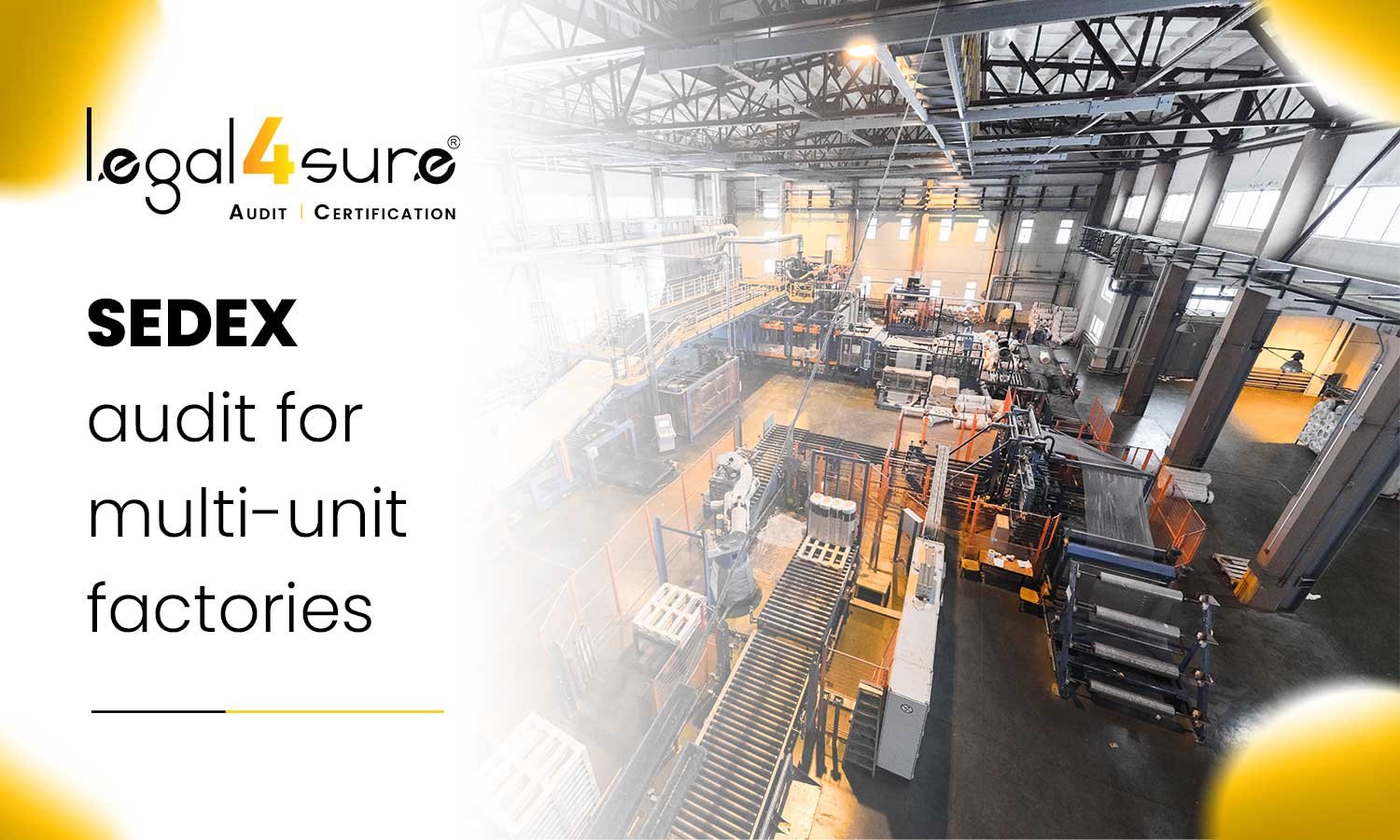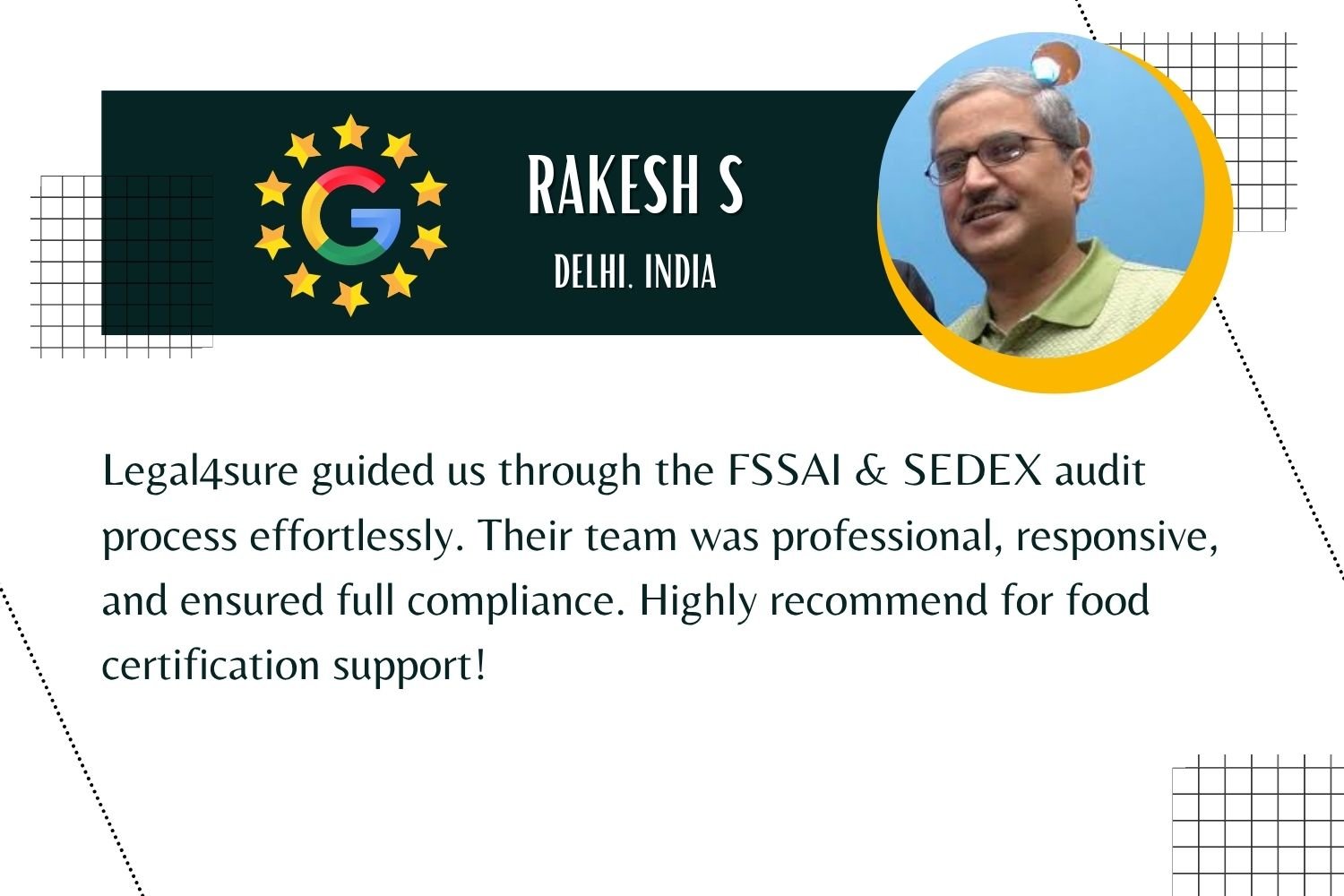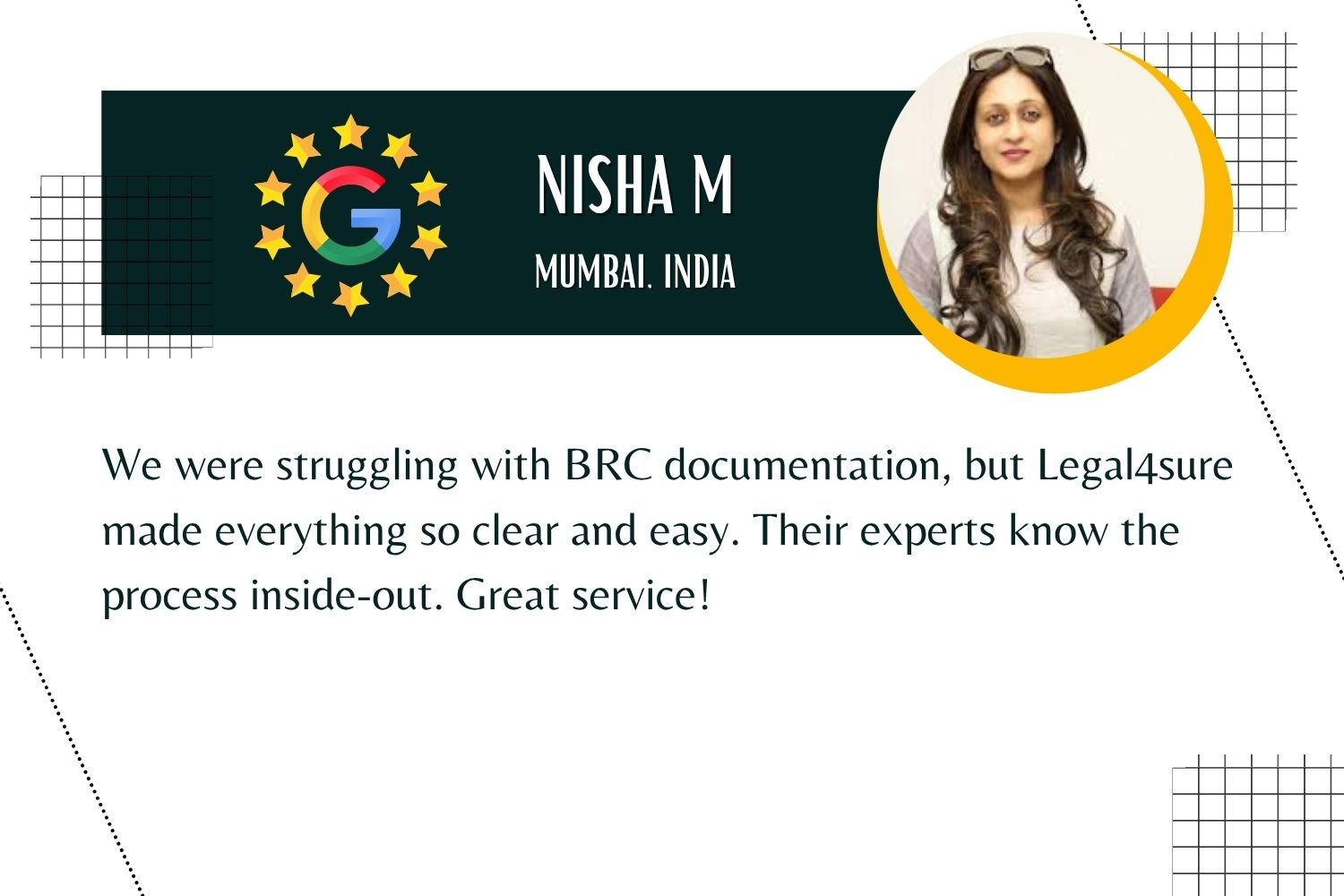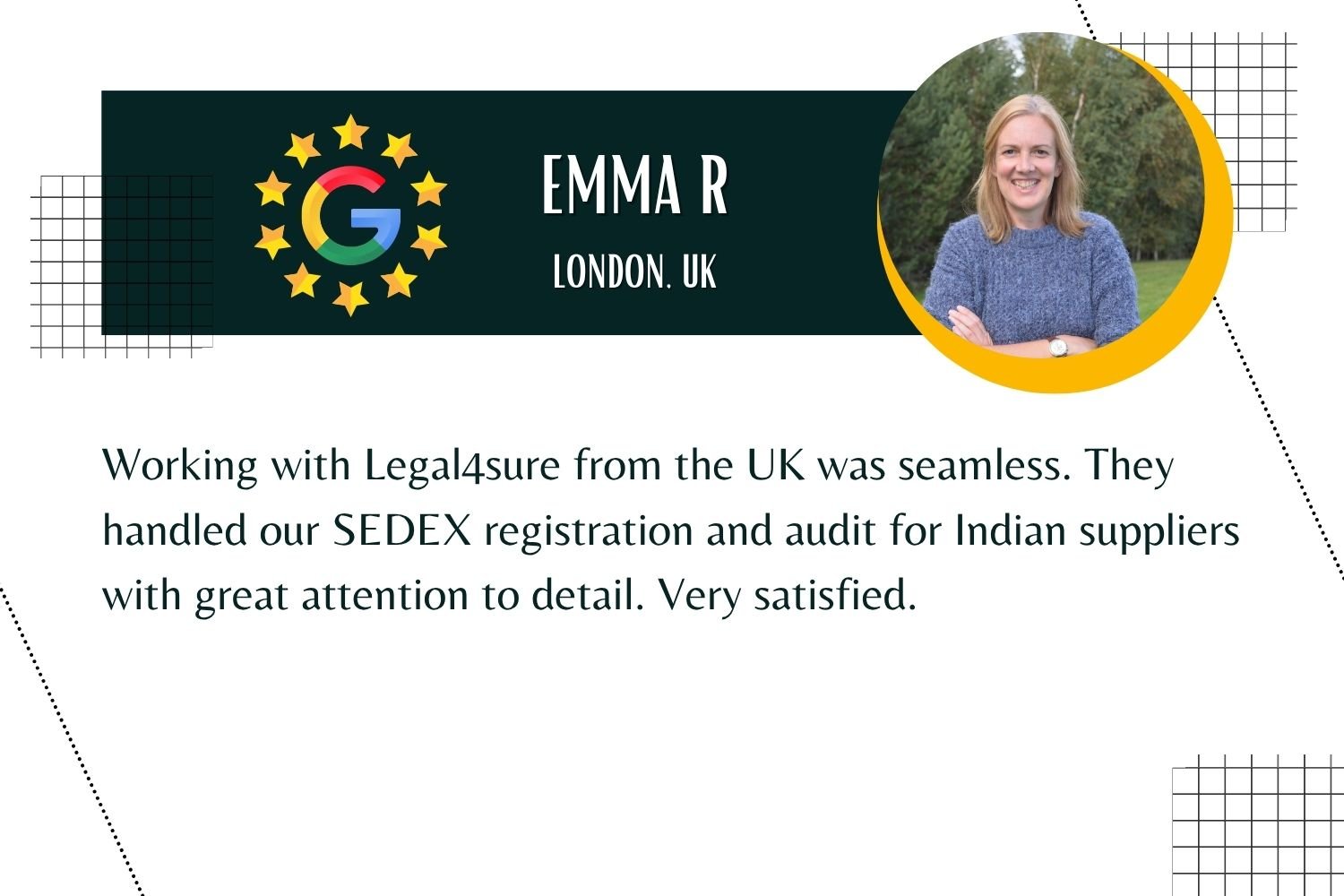Managing one SEDEX audit is challenging. Managing audits across five factories is even tougher. Each facility has its own standard operating procedures, staff, gaps, and surprises. Bringing them together into one consistent system with no red flags is where many exporters struggle. Some get overwhelmed with paperwork. Others face conflicts between locations.
The SEDEX audit for multi-unit factories isn’t just another compliance task. It’s a major coordination project. For Indian exporters trying to keep buyers satisfied while managing multiple units, the pressure is high.
This blog explains how to run an effective audit process with organized systems, calmness, and full control.
Audit Documentation Management Mistakes That Hurt Multi-Unit Compliance
If your teams still manage audit data in spreadsheets or update information through email threads, you’re already at risk. Poor audit documentation management is one leading reasons factories fail SEDEX audits. Why? Auditors assess not just your systems but also your ability to apply safe practices at every location.
Here’s where it falls apart:
- One site updates the worker grievance log; the other does not.
- Hiring records vary between units.
- Only one location keeps a valid fire drill log.
This inconsistency raises a red flag. Auditors expect consistent, centralized, and audit-ready documentation across all units.
Tip: Use cloud-based document tools available to compliance officers at each site. Set fixed timelines for updates to make audits easier.
Factory Audit Non-Compliance Risks You Can’t Afford to Miss
The main factory audit non-compliance Risks for multi-unit factories go beyond wages or safety issues. They stem from differences between locations. One unit might be perfect while another may follow outdated practices.
Watch for these common non-compliance issues:
- Policies are displayed only in English (not in the local language).
- CCTV is operational in one plant but not in others.
- Fire extinguishers are serviced at one location but not tagged in another.
SEDEX auditors often assume that what they can’t see might be worse than what they observe. Don’t give them a reason to doubt your systems.
Tip: Standardize standard operating procedures, visual displays, and safety setups across sites. Even with differences, safety and ethics should remain consistent.
Corrective Action Plan (CAP) for SEDEX That Actually Works
Getting non-compliances in a SEDEX audit for multi-unit factories isn’t unusual. What matters is how fast and effectively you respond. A weak Corrective Action Plan (CAP) for sedex can delay report approval, or worse, cost you future business.
Your CAP should include:
- Clear root cause (not just symptoms).
- Permanent solution (not just temporary fixes).
- Realistic timeline (with evidence of implementation).
Instead of saying, “We will conduct training,” say, “Training was conducted on July 31, 2025, for 32 staff members. Attendance sheet, photos, and test records are attached.”
Tip: Share CAPs with all factory units, even if only one unit received a non-compliance notice. This supports long-term compliance.
How Indian Exporters Handle SEDEX Audits in Multiple Locations
Some Indian exporters manage SEDEX audit for multi-unit factories expertly. They don’t just prepare a week in advance; they work year-round to stay ready.
Here’s how they keep ahead:
- Dedicated compliance manager for each site.
- Monthly site-specific mock audits.
- A common SEDEX dashboard displaying live updates.
This method is especially effective for apparel clusters in Tiruppur, Panipat, and Surat, where buyers demand clean SEDEX records for all stitched, dyed, or packaged units.
Tip: Build buyer confidence by sending internal audit reports from all your sites. This indicates transparency.
SEDEX Audit Challenges in Multi-Location Compliance No One Talks About
The greatest challenges in SEDEX audit for multi-unit factories arise from coordination gaps. You may have great standard operating procedures, but they mean nothing if your site leaders don’t implement them.
- Common real-world issues include:
- Different interpretations of the same policy.
- One unit is using outdated forms.
- Inconsistent recordkeeping formats.
It’s not about placing blame; it’s about resolving these issues quickly.
Tip: Appoint a compliance leader at each site. Assign them shared key performance indicators and include them in a monthly audit meeting.
Inter-Site Audit Coordination That Works Without Chaos
Inter-site audit coordination should involve more than a simple WhatsApp group for sharing photos. It entails:
- Clear audit calendars for each unit.
- Task trackers showing status by site.
- A shared folder structure accessible by all.
If your units share supply chains (for example, one handles cutting, another stitching, and another finishing), tracking material movement is crucial during a SEDEX audit for multi-unit factories, requiring proper traceability logs.
Tip: During the audit, give the auditor a virtual tour of all your sites using photos, standard operating procedures, and videos, even if they are only auditing one. This demonstrates your preparedness.
SEDEX-Approved Audit Firms in India You Can Trust
Don’t choose just any auditor. SEDEX-approved audit firms in India have different styles, fees, and expectations. Some focus heavily on documentation, while others prioritize worker interviews.
Popular audit firms include:
Select one that understands your product category and export markets. If you deal with garments, choose firms with extensive textile audit experience.
Tip: Speak with other factories audited by the same firm. Learn from their experiences before making your decision.
Do You Need Assistance Getting SEDEX to Function on Every Site? Speak with Legal4sure
Completing a SEDEX audit for multi-unit factories is not just a ‘tick-the-box’ task. The aim is to develop an established system that can operate autonomously, regardless of the unexpected documentation request from your buyer, or if your QA lead has suddenly gone on leave. There will be audit barriers if your sites are not communicating with each other. SEDEX is no longer just a pre-inspection dread when you have established shared controls, standard operating procedures, and audits in place.
Legal4sure assists Indian exporters in establishing cohesive multi-location operations in one system that is audit-ready. Ready to stop ticking boxes and begin taking actual control?
FAQs on SEDEX Audit for Multi-Unit Factories
1. What is the biggest challenge in SEDEX audits for factories with multiple units?
The toughest issue is maintaining aligned documents and practices across all locations. One weak unit can lower your overall audit score.
2. How do we coordinate audit preparation between distant factory units?
Utilize shared documentation systems, conduct monthly mock audits, and assign compliance leaders at each location. Regular internal reviews help keep everyone focused.
3. Do all sites need to be physically audited during a SEDEX multi-site audit?
Not necessarily. Sometimes only key sites are audited. However, auditors expect system-wide consistency, so non-audited locations must still meet compliance standards.
4. What documents should be centralized across all units?
Worker policies, grievance logs, fire safety records, training documents, and CAP logs should be shared. Managing audit documentation is crucial.
5. How often should multi-unit factories perform internal audits for SEDEX readiness?
At least once per quarter. High-risk units may require monthly audits. This helps prevent last-minute surprises and keeps all sites coordinated.













